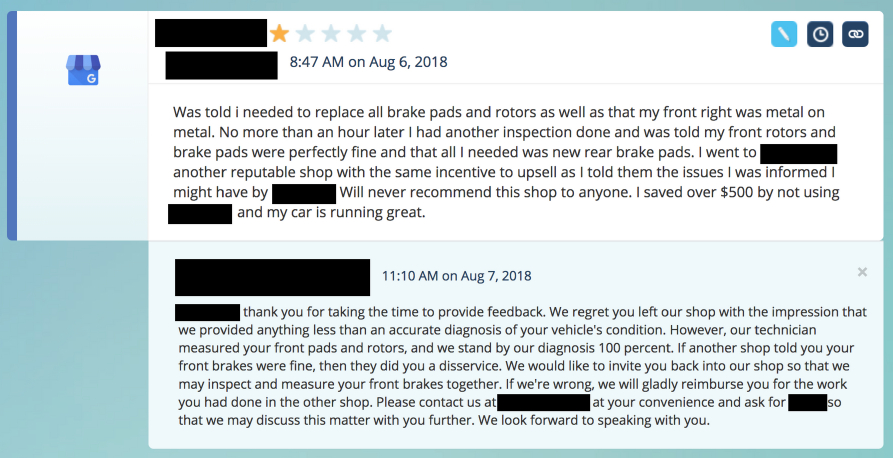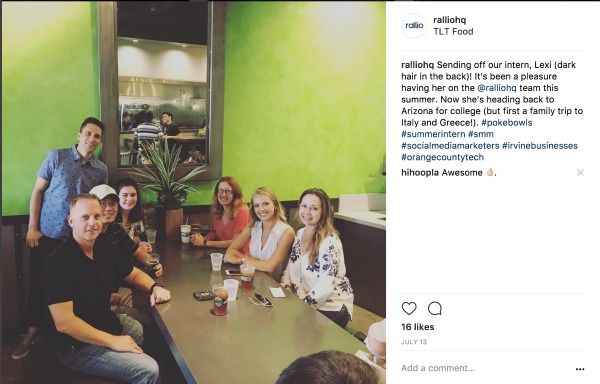Stop me if you’ve heard this one before: You’re humming along consistently with your social media postings, and all of a sudden one day you hit a speed bump. Maybe you get a terrible review from a customer; maybe you forgot your login information.
Or maybe you discover your entire Twitter account has been suspended.
It could happen to you
Thousands of locations utilize the Rallio platform daily for social publishing without any problems. However, Twitter is making a big push for accounts to publish custom, individualized content. Why? Twitter, in its efforts to crack down on the pervasive issue of bots and spam, is using duplicate content to help identify potential spam accounts. Unfortunately, it also flags legitimate accounts in that process.
[bctt tweet=”Twitter is making a big push for accounts to publish custom, individualized content. #accountsuspended” username=”rallioHQ”]
Twitter states: “Most of the accounts we suspend are suspended because they are spammy, or just plain fake, and they introduce security risks for Twitter and all of our users. These types of accounts are against our Twitter Rules. Unfortunately, sometimes a real person’s account gets suspended by mistake, and in those cases we’ll work with the person to make sure the account is unsuspended.”
There are many different reasons an account can be suspended. Today we are focusing on our multi-location clients who utilize the Rallio platform to syndicate content out to multiple locations. When the same post is distributed across many locations, it can start to look like spam in the Twitter world.
[bctt tweet=”When the same post is distributed across many locations, it can start to look like spam in the Twitter world. #spam” username=”rallioHQ”]
As per Twitter’s terms, one of the factors that Twitter takes into account when determining what conduct is considered to be spamming includes the following: “If you post duplicative or substantially similar content, replies, or mentions over multiple accounts or multiple duplicate updates on one account, or create duplicate or substantially similar accounts.”
What to do if your account is suspended
Twitter may prevent you from tweeting for a specific period of time, or ask you to verify certain information about yourself before you may proceed. If your account becomes locked for security purposes or because it may have violated Twitter’s rules, walk through the steps that apply to you in this link. For suspended accounts, Twitter states: “We may ask you to complete certain actions before we start the countdown on your limited state. These actions may include verifying your email address, adding a phone number to your account, or deleting Tweets that are in violation of our rules.”
If you are cannot get your account unsuspended using the steps above, you may appeal the decision. Log in to the suspended account, and then open a new browser tab and file an appeal.
Additional resources
- Click here for the complete guide to managing your suspended Twitter account.
- Click here for the complete rules and policies for publishing content on Twitter.
- Read a description of local content in this post I wrote earlier this year so you can begin publishing custom content that doesn’t look like spam.
Reach out to us at support@www.rallio.com if you’re a current account holder in need of assistance with your social media platforms or if you need ideas of ways to manage and grow your local presence. We’re here to help!
About Rallio
Did you know Rallio was recently ranked as a top franchise supplier by Entrepreneur magazine? In a first-ever ranking of companies that provide franchise support services, Rallio has been named a top supplier for franchises in 2018. The inaugural franchise supplier ranking identifies companies that provide behind-the-scenes support for franchisors and their franchisees in each of seven different categories. Rallio landed in the Marketing category as a top supplier of social media marketing and reputation management services among other companies that provide all types of marketing support.
See the ranking here.
Rallio is more than a social media management technology. It’s a smarter, simpler way for brands to maximize social marketing efforts. Rallio technology provides a complete social media ecosystem allowing manufacturers, corporate brands and their locations, employees and customers to build a local community, share experiences and drive local business. The Rallio Local division also provides agency-style support services to help franchise locations manage their online reviews, advertise on social platforms, and grow their social media following.










